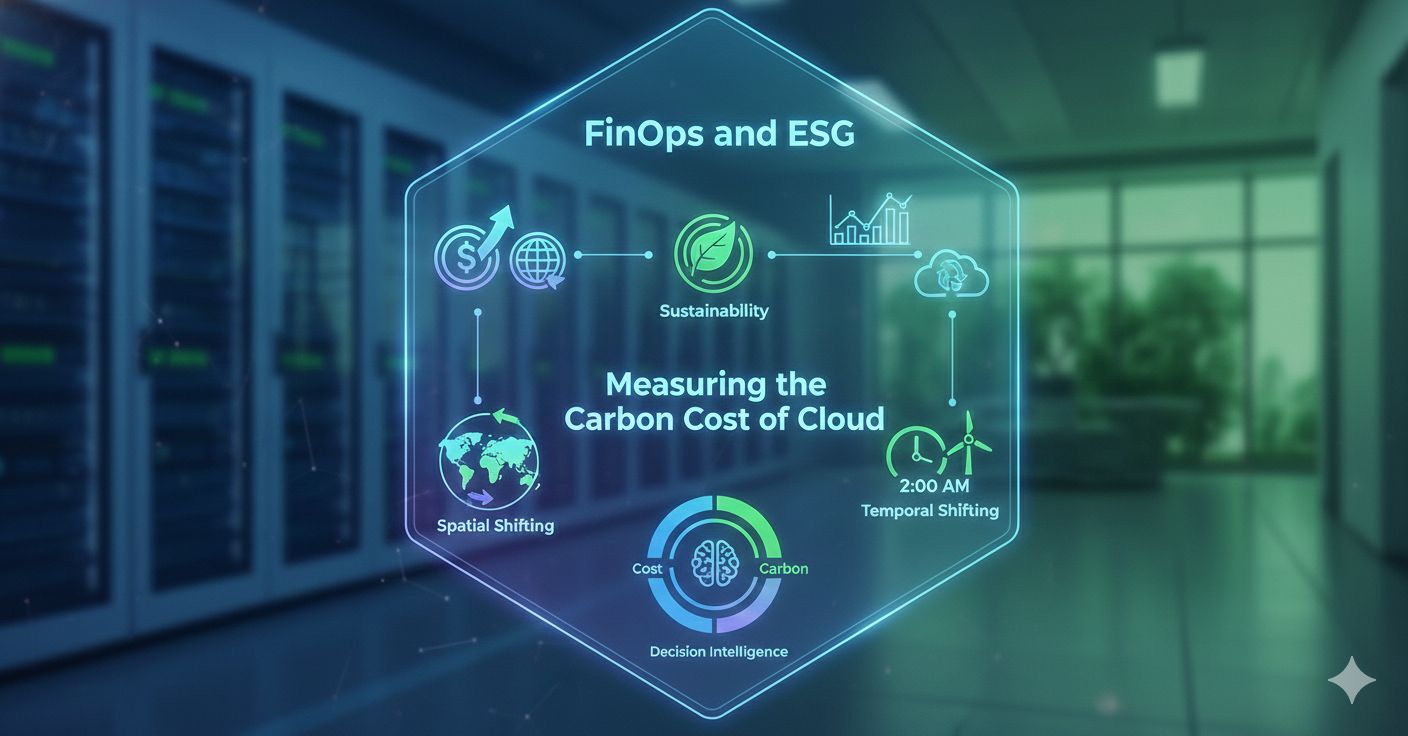Project management is often viewed as a structured discipline driven by methodologies, tools, and checklists. Let’s explore “Adaptive Project Management” (APM), emphasizing that being adaptive doesn’t mean abandoning the basics—it means enhancing processes to navigate uncertainty effectively.
What is Adaptive Project Management?
It is an approach that prioritises flexibility, continuous learning, and responsiveness to change. Unlike rigid methodologies such as traditional Waterfall or even some Agile frameworks, APM focuses on iterative planning, real-time feedback, and embracing change as a core component of project execution.
However, it is essential to clarify: being adaptive is not about disregarding the fundamentals. Core project management principles—such as clear objectives, stakeholder communication, and risk management—remain crucial. Instead, APM builds upon these basics, creating a process that allows for flexibility without sacrificing structure.
Why Adaptive Project Management is Essential today?
Rapidly evolving environments, businesses face constant change driven by:
– Digital Transformation: Technologies evolve quickly, and project requirements often shift mid-course.
– Globalisation: Cross-cultural collaboration introduces variables that demand flexibility.
– Economic Uncertainty: Market conditions can change overnight, requiring immediate adaptation.
Traditional approaches may fail to address these challenges effectively. APM equips teams to anticipate change, pivot as necessary, and still meet their goals. For example, a software development project might encounter new regulatory requirements mid-project. With APM, teams can adjust their deliverables without derailing the timeline or budget.
Key Principles of Adaptive Project Management
1. Flexibility with Discipline
– Follow the fundamentals but adapt the tactics. For instance, while the project scope may change, maintaining clear documentation ensures continuity.
2. Iterative Planning
– Break projects into smaller, manageable phases. Regularly revisit plans to align with evolving goals and circumstances.
3. Real-time Feedback Loops
– Foster open communication channels for immediate feedback from stakeholders and team members.
4. Proactive Risk Management
– Treat risks as opportunities to innovate rather than obstacles to avoid.
5. Focus on Outcomes
– Align team efforts with the end goals, even if the path to achieving them changes.
Cultivating an Adaptive Mindset
To successfully implement APM, project managers and teams must develop an adaptive mindset. This includes:
– Embracing Change: Recognise that change is not a disruption but an opportunity to improve.
– Building Resilience: Equip teams with the skills to handle uncertainty.
– Encouraging Collaboration: Break down silos to foster a unified response to challenges.
– Continuous Learning: Provide training and resources to ensure teams stay updated on best practices and tools.
Challenges and How to Overcome Them
1. Resistance to Change:
– Address this by demonstrating the tangible benefits of adaptability through case studies and pilot projects.
2. Lack of Training:
– Invest in upskilling teams to equip them with the necessary tools and techniques.
3. Balancing Adaptability with Structure:
– Use adaptive frameworks like Agile to blend flexibility with defined processes.
Why Being Adaptive Doesn’t Mean Letting Go of Basics
Adaptability complements, rather than replaces, traditional project management principles. Here’s why:
– Clarity in Chaos: Basics like clear documentation and defined roles provide stability amid change.
– Informed Decisions: A strong foundation ensures that pivots are strategic, not reactive.
– Sustained Quality: Adaptive processes maintain the focus on delivering high-quality outcomes.
Impact of Adaptive Project Management
– Enhanced Agility: Teams pivot effectively without losing sight of goals.
– Improved Stakeholder Confidence: Stakeholders see adaptability as a sign of preparedness and professionalism.
– Higher Success Rates: Projects are completed on time and within scope, even in volatile environments.
Adaptive Project Management is not about abandoning the process but about refining it to thrive in the face of uncertainty. By staying true to the basics and layering adaptability on top, project managers can achieve outcomes that are not just successful but resilient to change. Let’s move beyond checklists and create projects that are future ready.
Download a self assessment how adaptive are you in project management (click here)
Designed by Freepik




